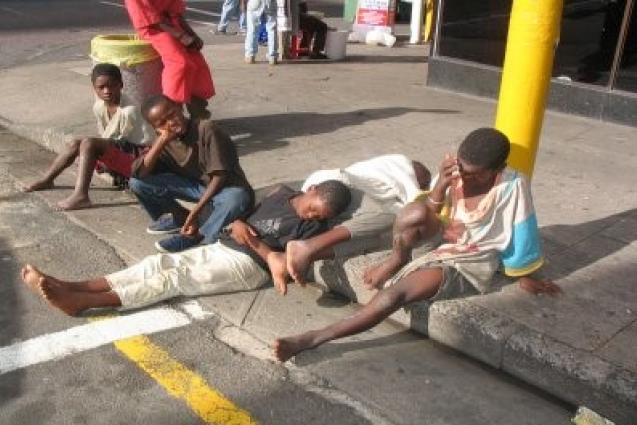It does not take a lot of effort to see the problem so street children these days. On the pavements, at the exit point of Accra mall, and wherever you go, there are children on the street. They call it home. We call it the streets. ‘Streetism’ is increasing daily. Most of these children are as little as age 5, are on the street begging when they are supposed to be in school learning and enjoying their right as children.
‘Streetism’ is one of the commonest societal problems in the world today which is witnessed by both the young and old each passing day. Its widespread, intensity and visibility has made society to accept it as a part and normal situation of the world. Streetism even though has the tendency of ruing the prospects of a nation; it is barely spoken of unlike political issues, maternal mortality among other national issues. Streetism does not occur in private or in secret but it takes place on the very street which commoners, government officials, philanthropists, religious leaders use each passing day.
The term “street children” is used for those children for whom the street is a reference point and has a central role in their lives. The phenomenon of street children is becoming a global one, and street children are now often part of the urban scene in many African countries.
These children are suffering at the mercy of the streets in Accra. When you go to the streets of Kaneshie, circle, Accra central, these are the major places these children operates, they will find them scatted everywhere. Some of these children spend their night on the streets, some with their parent without any form shelter or protection. What about if it rains, where will be their place of abode?
In Ghana, it is estimated that there are around 90,000 street children in the Greater Accra region alone (Department of Social Welfare, 2016). Most of these children come from homes that have financial difficulties.
Every individual is a witness to streetism but the support that is given to stop its spread is limited. The causes of this situation are varied, but are often related to domestic, economic or social interference, which includes poverty, breakdown of homes, sexual, physical or emotional abuse, mental health problems and war.
In the case of poverty, most young girls who are in the Northern part of Ghana are forced to marry men who are three times their age, with the aim of reducing the financial burden on the family. Girls who feel they need to make more of their lives than just getting married may decide to bolt from home to seek refuge elsewhere. Unfortunately they have no other place to go than the streets.
Some of these children are sometimes accused of witchcraft and driven away from home, so they end up on the streets for their daily bread.
According to the United Nations Children’s Fund (UNICEF), there are thousands of children living and working on the streets, and the number is growing in Accra. This is a result of increased urbanization and the difficult socio-economic circumstances rural families are experiencing. Like other children living and working on the streets, Kaya Yei are vulnerable to all forms of exploitation and abuse, including what may be a higher risk of exposure to sexual abuse, leading to HIV/AIDS and teenage pregnancies.
Government’s con-centration on urban areas in terms of development and refusal to push some of its resources to the rural areas makes life difficult for dwellers in the rural areas due to the unfavorable economic situation.
When these children are left on the street, they will grow to even become a greater burden to the state. Most of these children because of hunger, may also fall prey to armed robbery gangs who use them. Others also fall prey and become pick pockets and prostitutes.
In order to curb this problem, I think we need to tackle it from the root. To begin with, I think the government should find out what the rural areas are lacking and invest in jobs and welfare. That is why the government’s “One District, One Factory” policy is worth considering. This will solve the root cause of rural and urban poverty and keep the youth occupied, so they don’t feel the need to migrate.
This situation needs the helping hands of all citizens; and should not be left to the government alone to handle. Streetism also adds up to child labour. If we really want to fight against child labour, we must start from the street and street children.














